

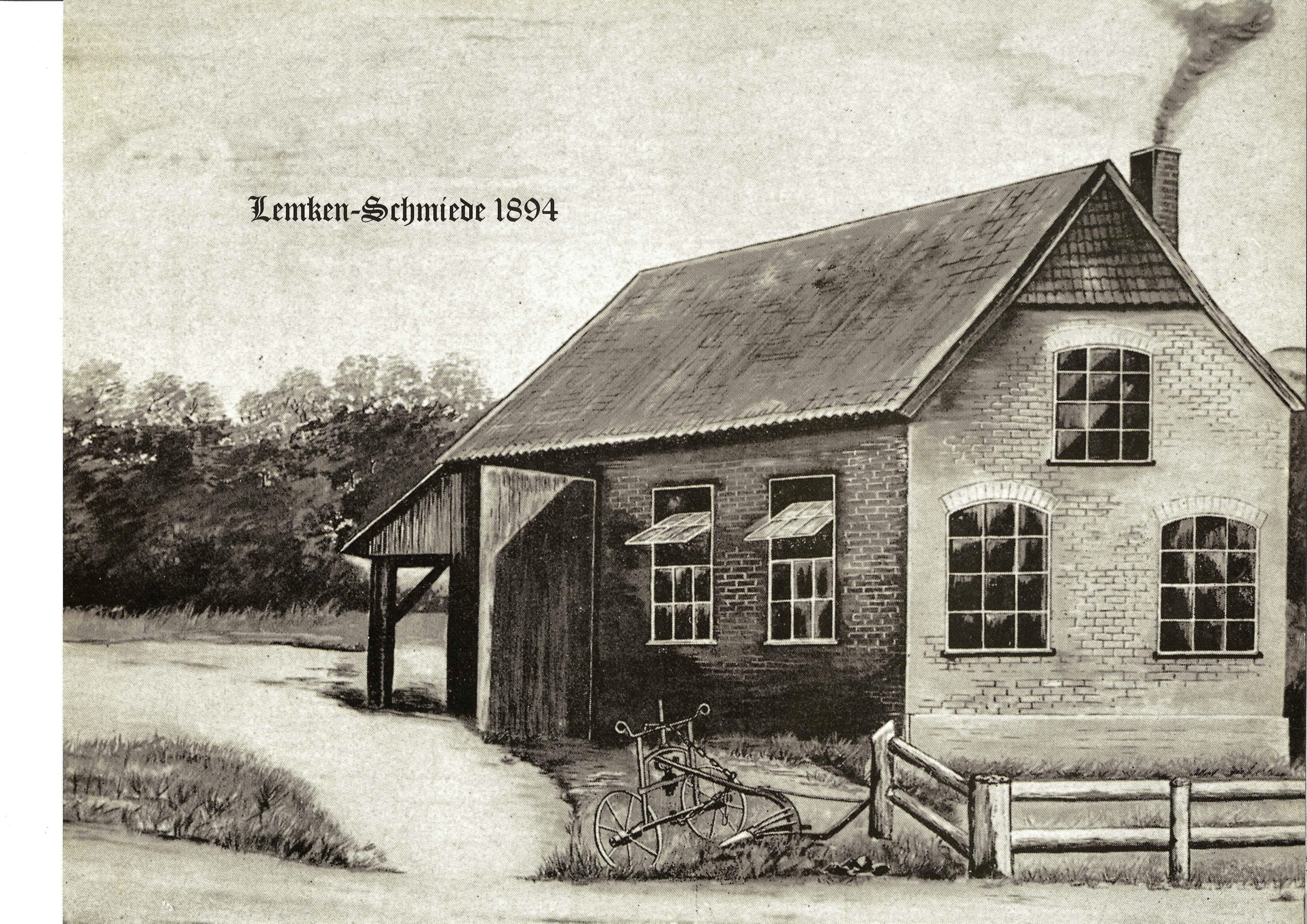
…lies in the simple smithy in Birten near Xanten, founded 240 years ago by Wilhelminus Lemken. There he built horse ploughs for the neighbouring farms. One of his descendants developed the reversible plough with a fixed front barrow so cleverly that he received a patent for his invention. In 1936 LEMKEN moved to Alpen, where there was more space for further growth. Where a stop with the title “Pflugfabrik LEMKEN” (LEMKEN plough factory) still points to the origin, the former smithy can be found today.
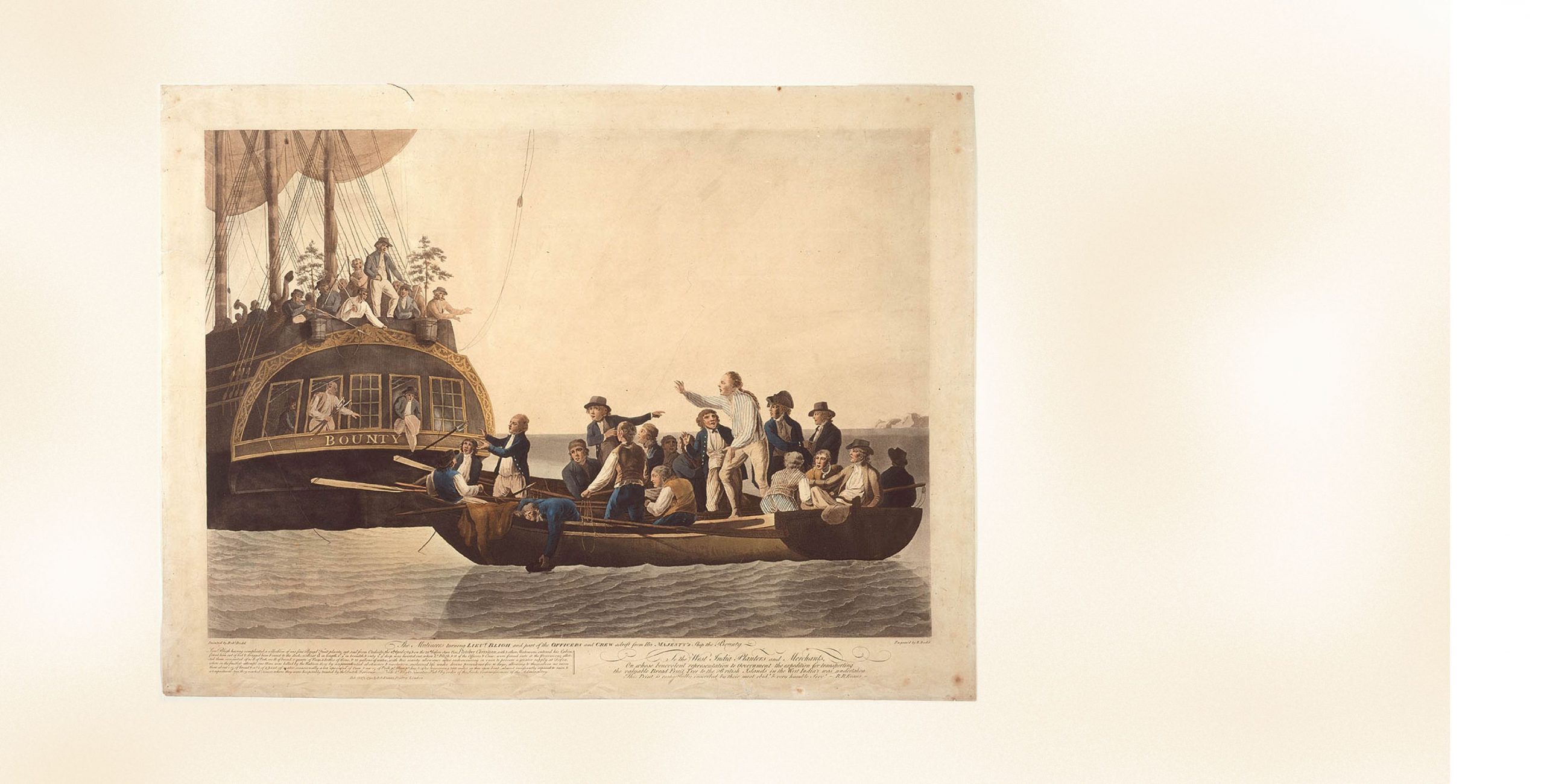
The search engine google.de lists almost 70,000 entries on the mutiny on the Bounty. This is clear, because in 1787 the BOUNTY had valuable cargo on board: cuttings from the breadfruit tree. Without much care it bears many of its vitamin-rich fruits, similar to the sweet potato. The mutiny was not triggered by money or women, but coconuts. So much fame because of food.Source: Wikipedia / Public Domain, Robert Dodd, 1790
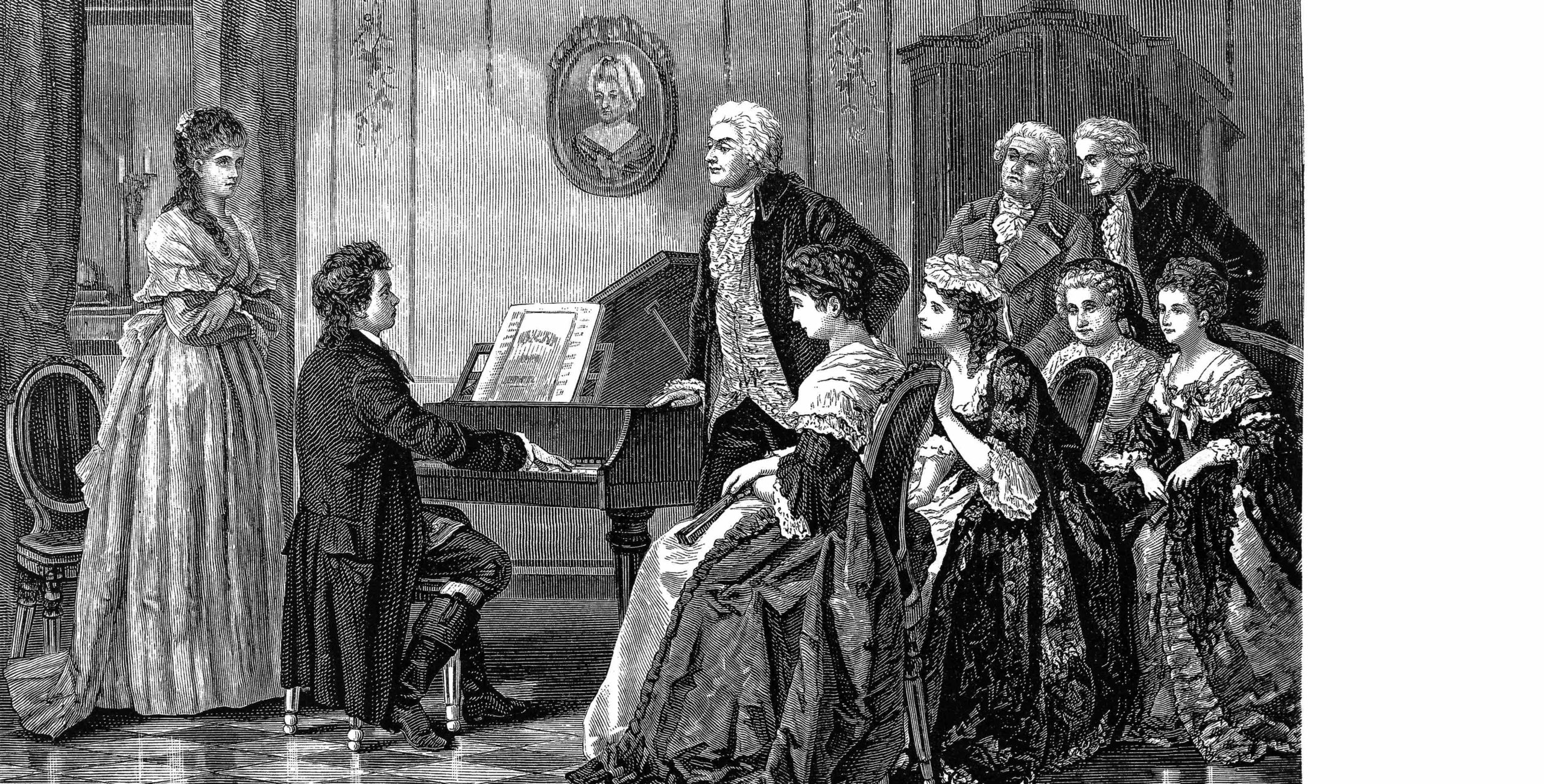
Ludwig van Beethoven spent four years composing. The premiere on May 7, 1824 exceeded all expectations. Completely new: combining a symphonic orchestra with a choir and vocal soloists. Politicians love the hymn just as much as technicians. It was and is sung as an anthem in many countries. And Wilhelm Furtwängler’s recording in 1951 of exactly 74 minutes defined the standard of compact discs more than 160 years after its premiere. Or as they say on the Rhine: et kütt wie et kütt.
Source: iStockphoto / Nastasic, 2018
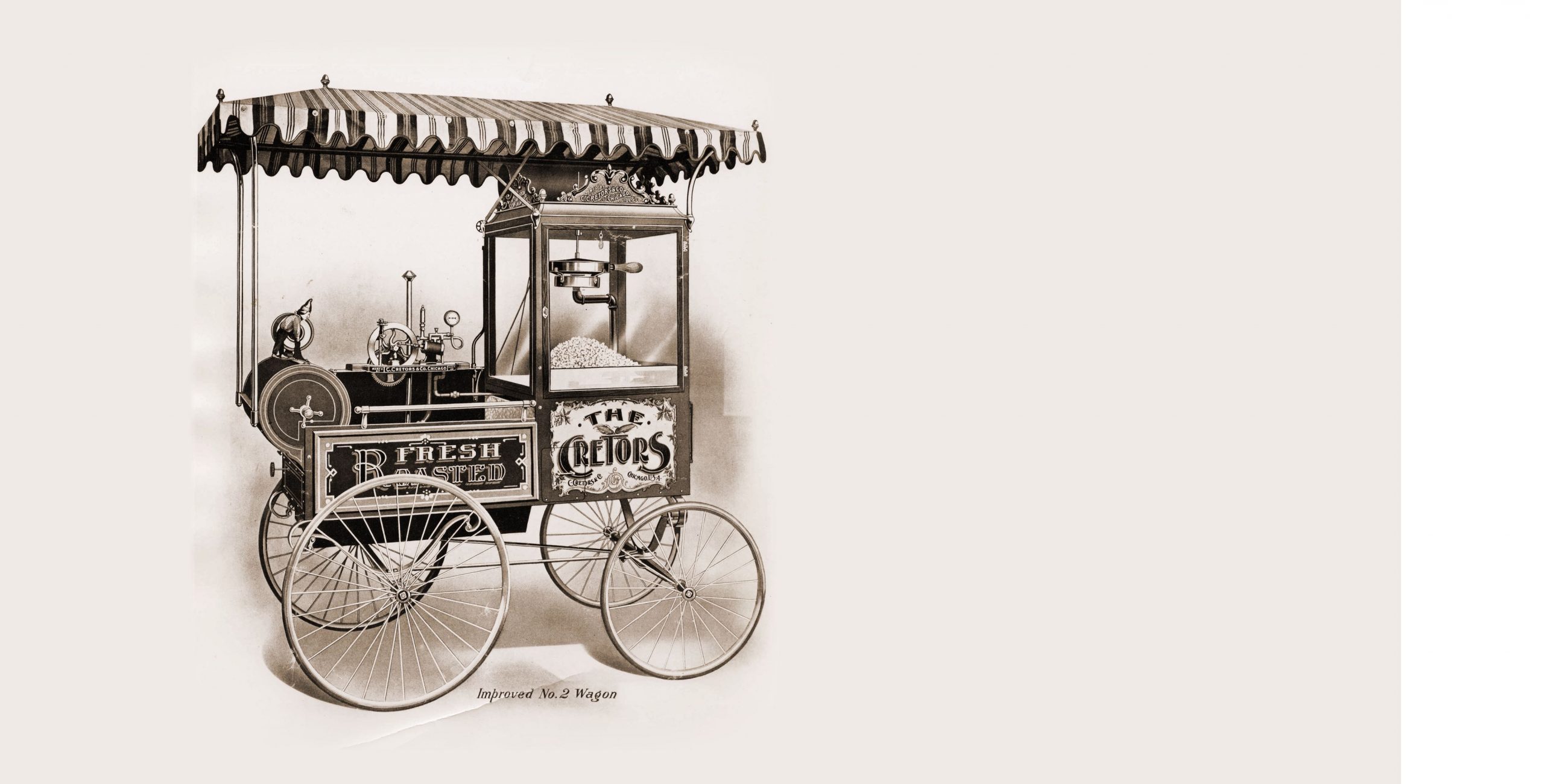
Cretors has been producing machines since 1885. The baker Charles Cretors always wanted to roast peanuts. But then he simply threw corn kernels into the hot oil. Bam! That’s the bang! With a little steam in the boiler, the world-famous popcorn was made. He first introduced the popcorn machine at the 1893 World’s Fair in Chicago. Since then it has made it into the Guinness Book of Records or on stamps. And in almost every cinema worldwide. Delicious!Source: Wikipedia / Public Domain, Cretor’s Catalog, 1917
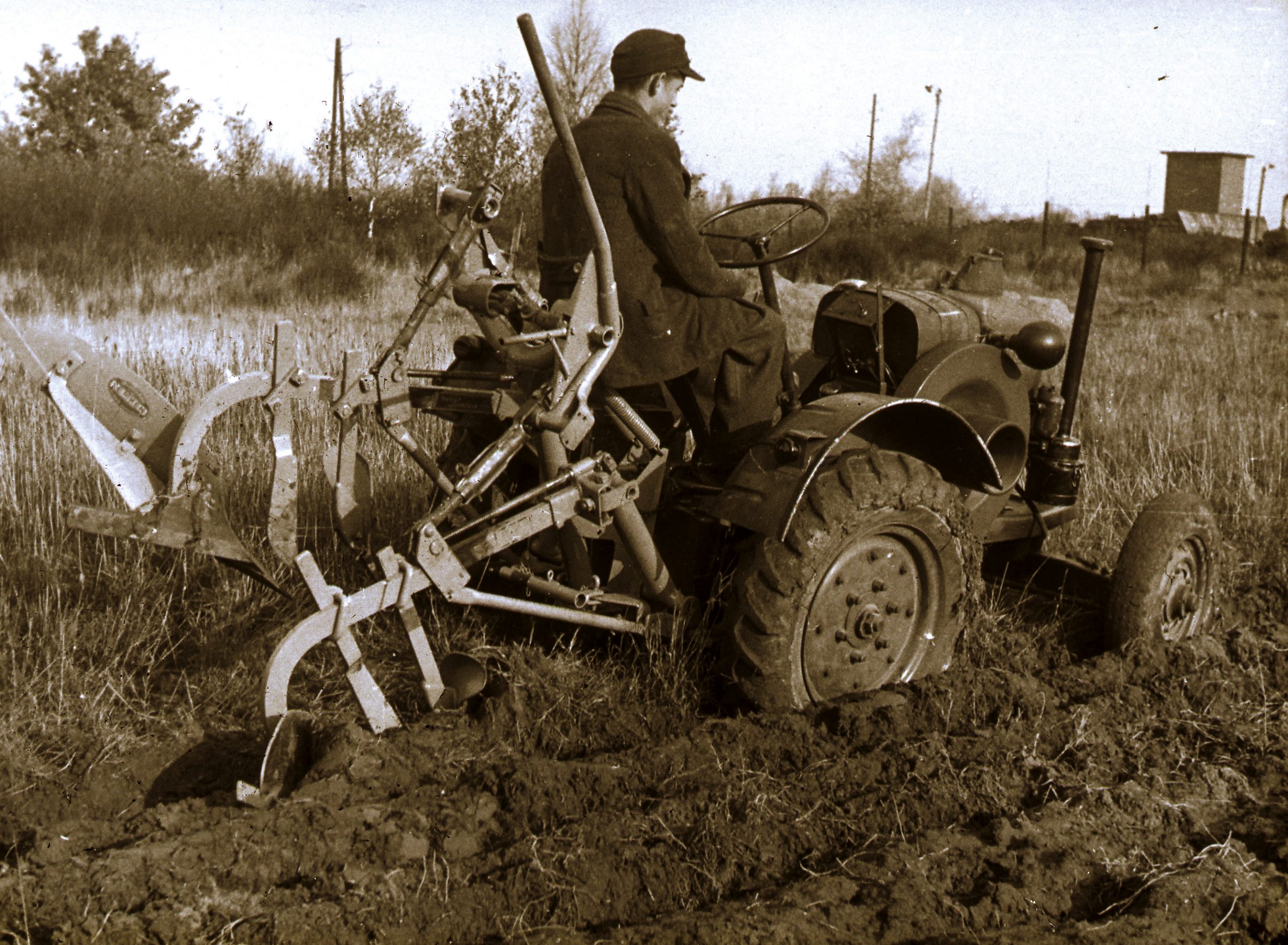
Always present during field work in the 1930s: the alternating plough.

TV chef Clemens Wilmenrod was a friend of ketchup, canned vegetables, ready-made sauces and of clear words. In the cooking show Clemens Wilmenrod produced from 1953 to 1964 (regularly on NWDR), he threatened into the camera that he was the inventor of Toast Hawaii and that no one else should ever claim anything, otherwise he would visit them in person. For his teacher and close enemy Hans Karl Adam had apparently also made claims to the recipe.Source:: iStockphoto / Merinka, 2018
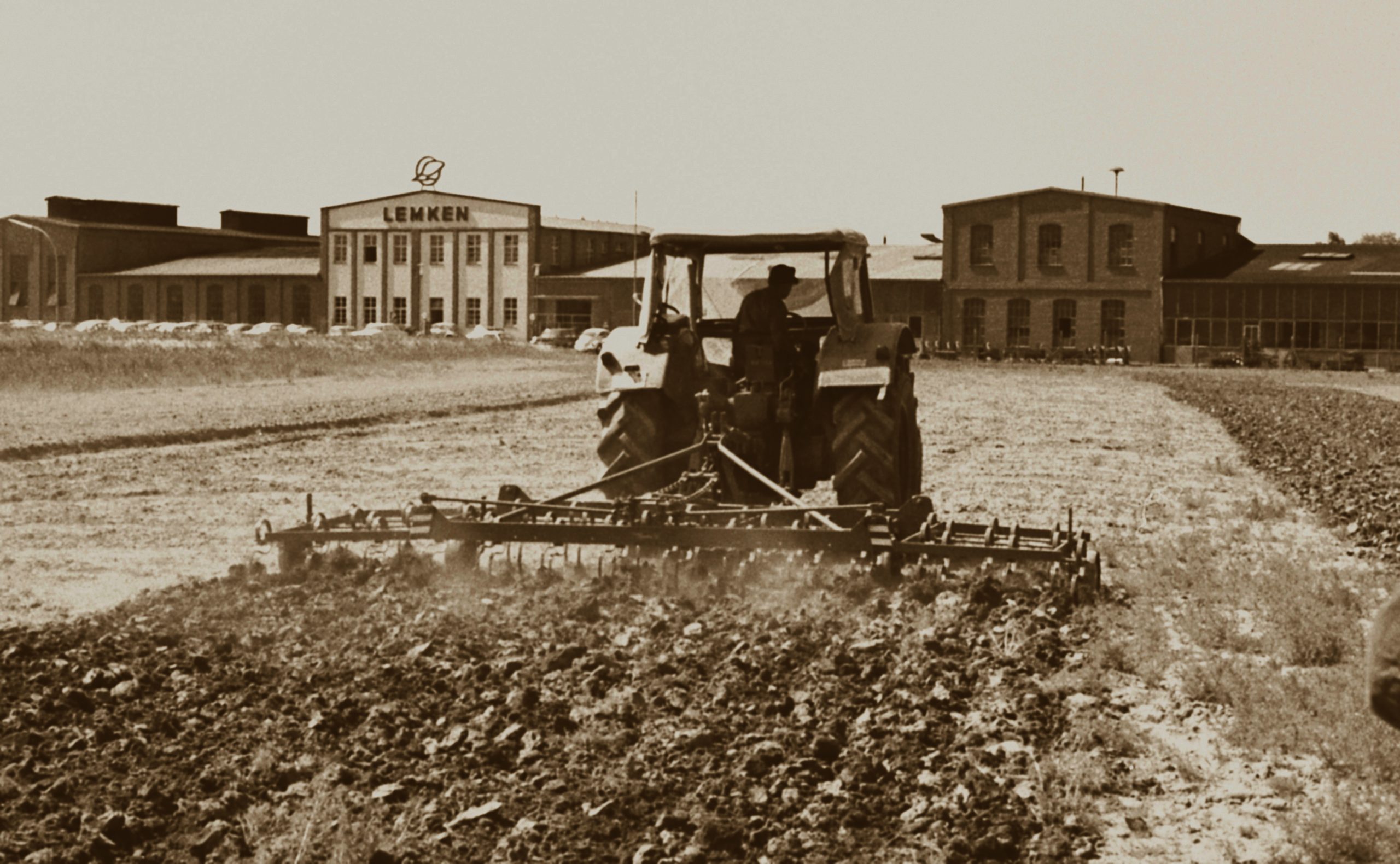
Mechanically folding harrow in the 60’s, directly in front of the company headquarters.
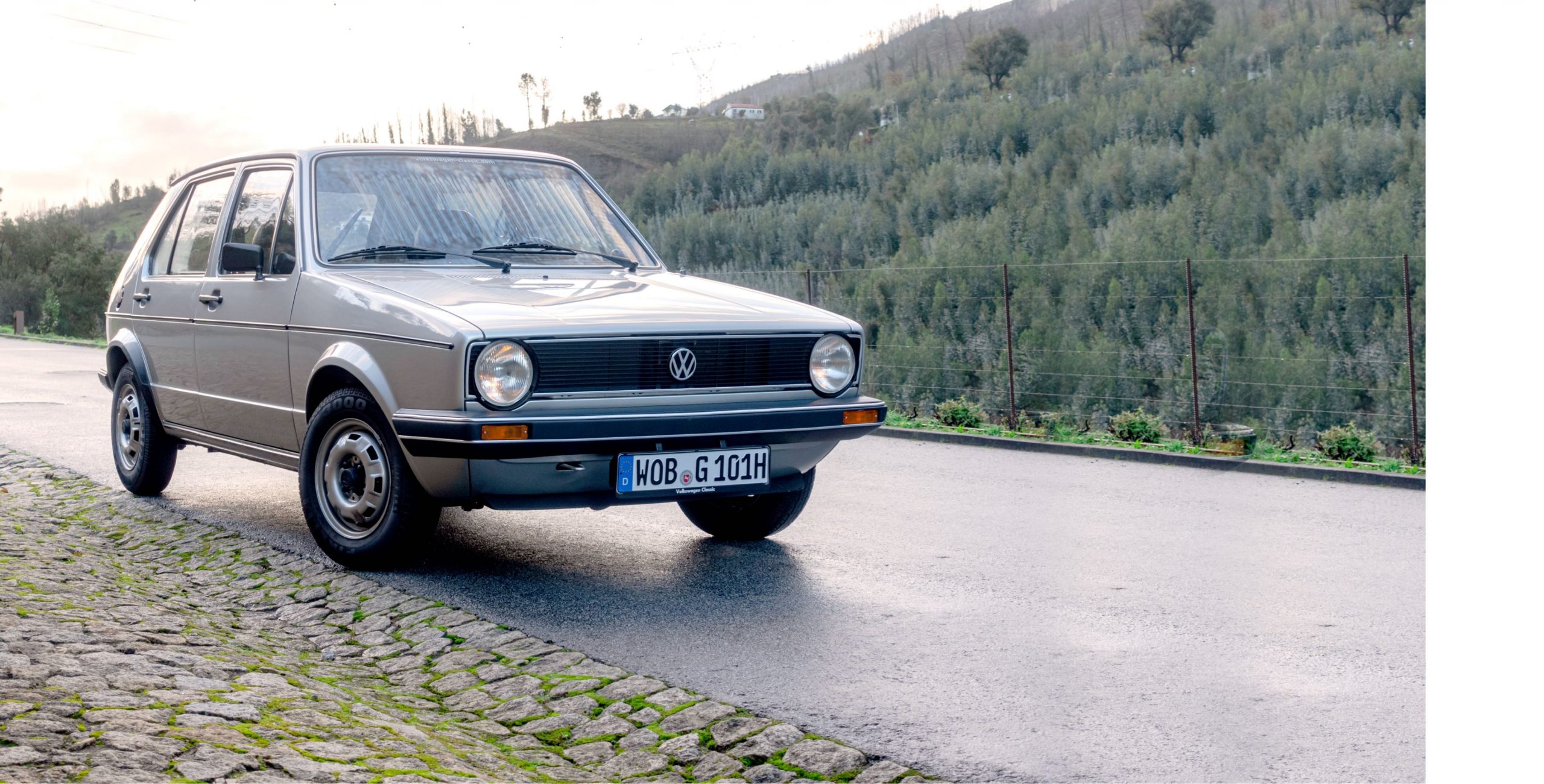
The most successful car in the world was created out of necessity. VW was in a great economic crisis. The previous VW model range was courageously replaced by a technical innovation, the air-cooled front-wheel drive. The VW Golf, designed by the Italian designer Giorgio Giugiaro, with its untypical hatchback was a success from day one. In March 1974, series production began at the Wolfsburg plant. By the end of October 2019, more than 35 million cars had been sold, and the plant has sold eight different model series.Source: iStockphoto / Tramino, 2019
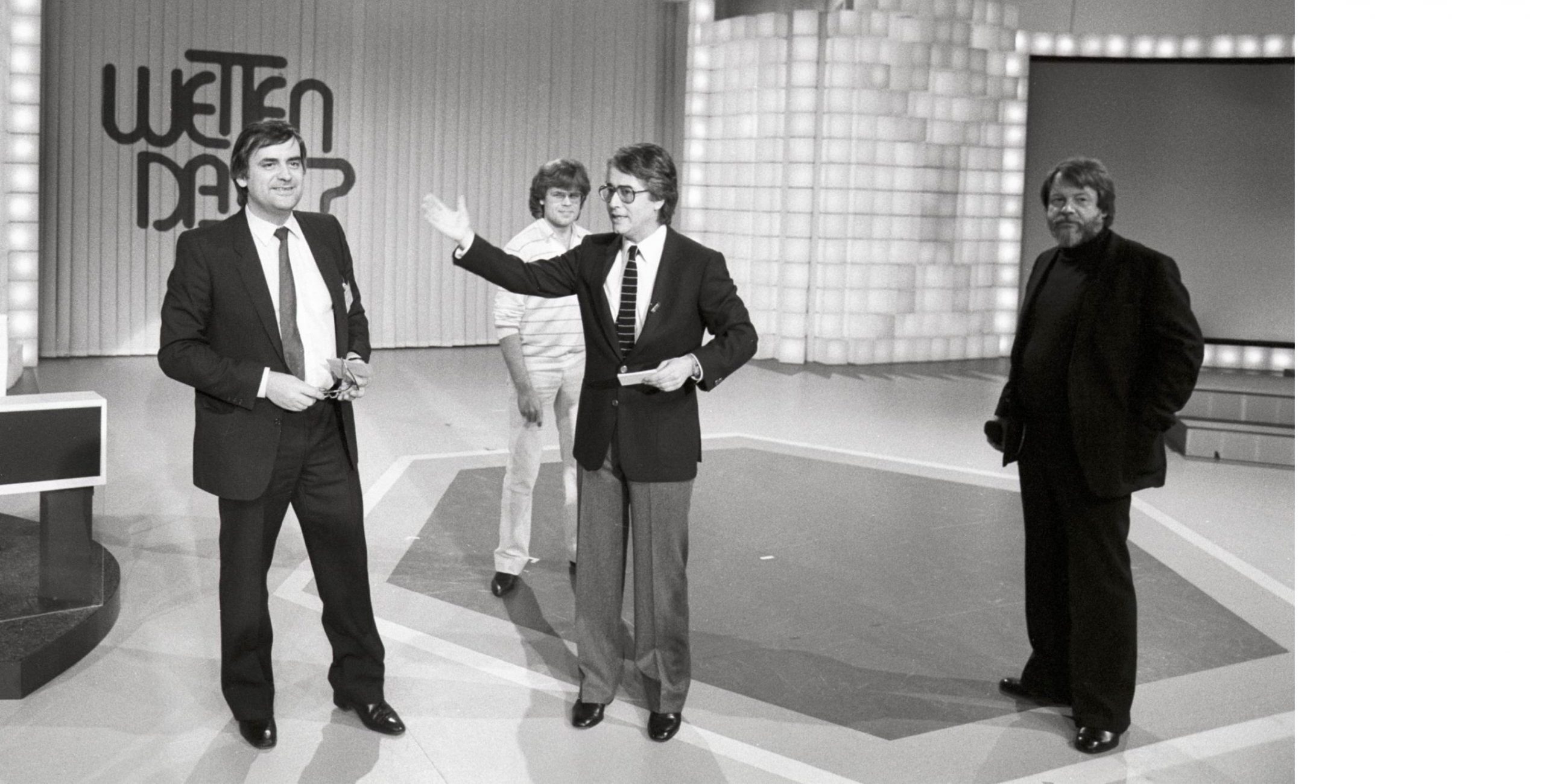
Mandatory programme on Saturday evening: watch Wetten dass…? with the family. Whole generations have grown up like this. Frank Elstner had the idea of letting celebrities act as godfathers of bets on people who were able to achieve extraordinary performances. Innumerable bets inspired people. International stars put their names down. When presenter Thomas Gottschalk took over the show, both became superstars. He and Wetten dass …?Source: Getty Images / Peter Bischoff, 1981
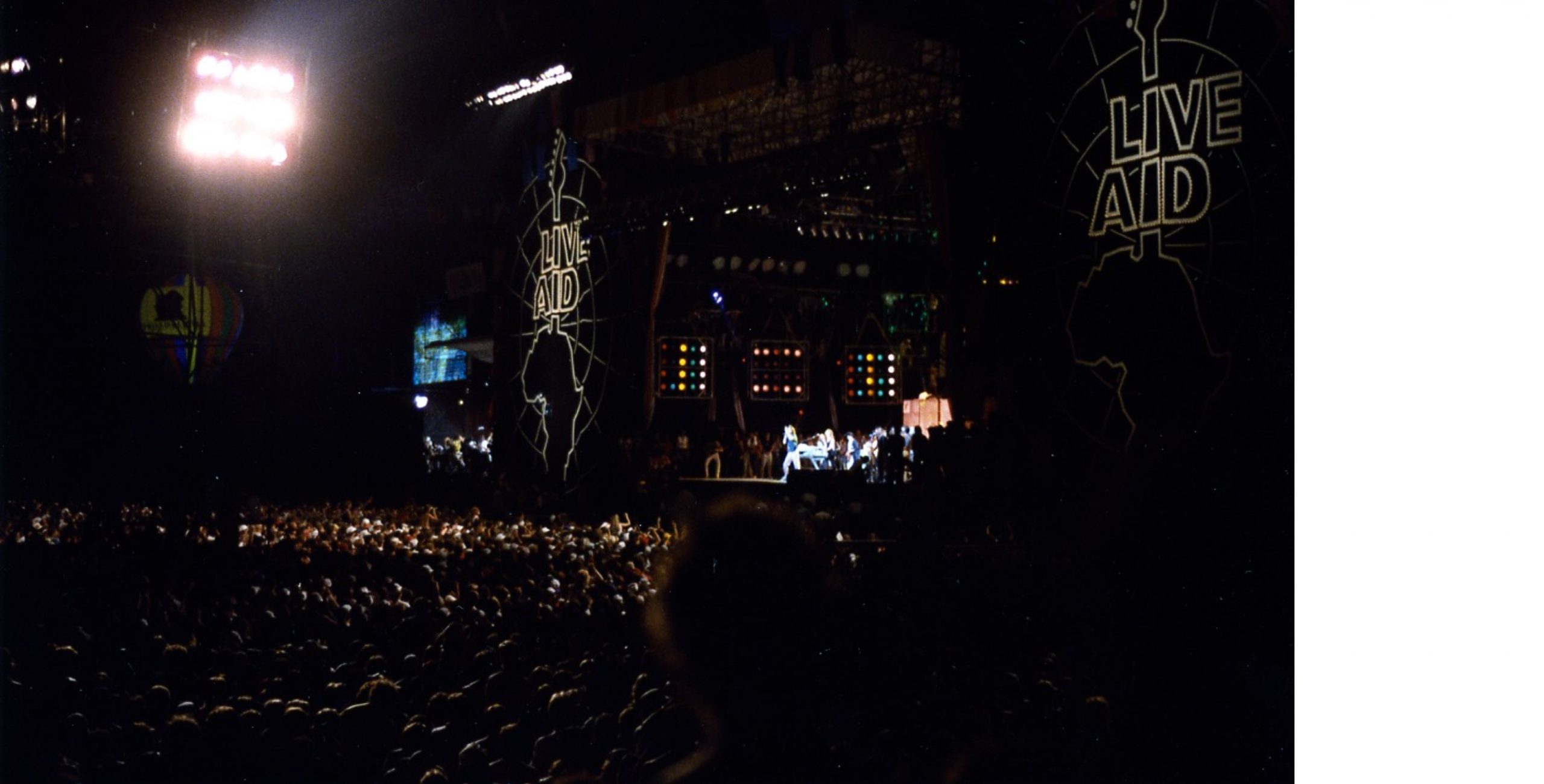
Agriculture shapes the economy in Ethiopia: more than 80 percent of the workforce and 90 percent of exports. Drought, deforestation, overexploitation of land and political circumstances have led to one of the greatest famines in the country. Spontaneously Bob Geldorf founded the Band-Aid to collect donations. This international pop aid project led to new political aid cooperations: the USA helped together with the Soviet Union, the Bundeswehr with the National People’s Army of the GDR.Source: Wikipedia / Creative Commons, 1985
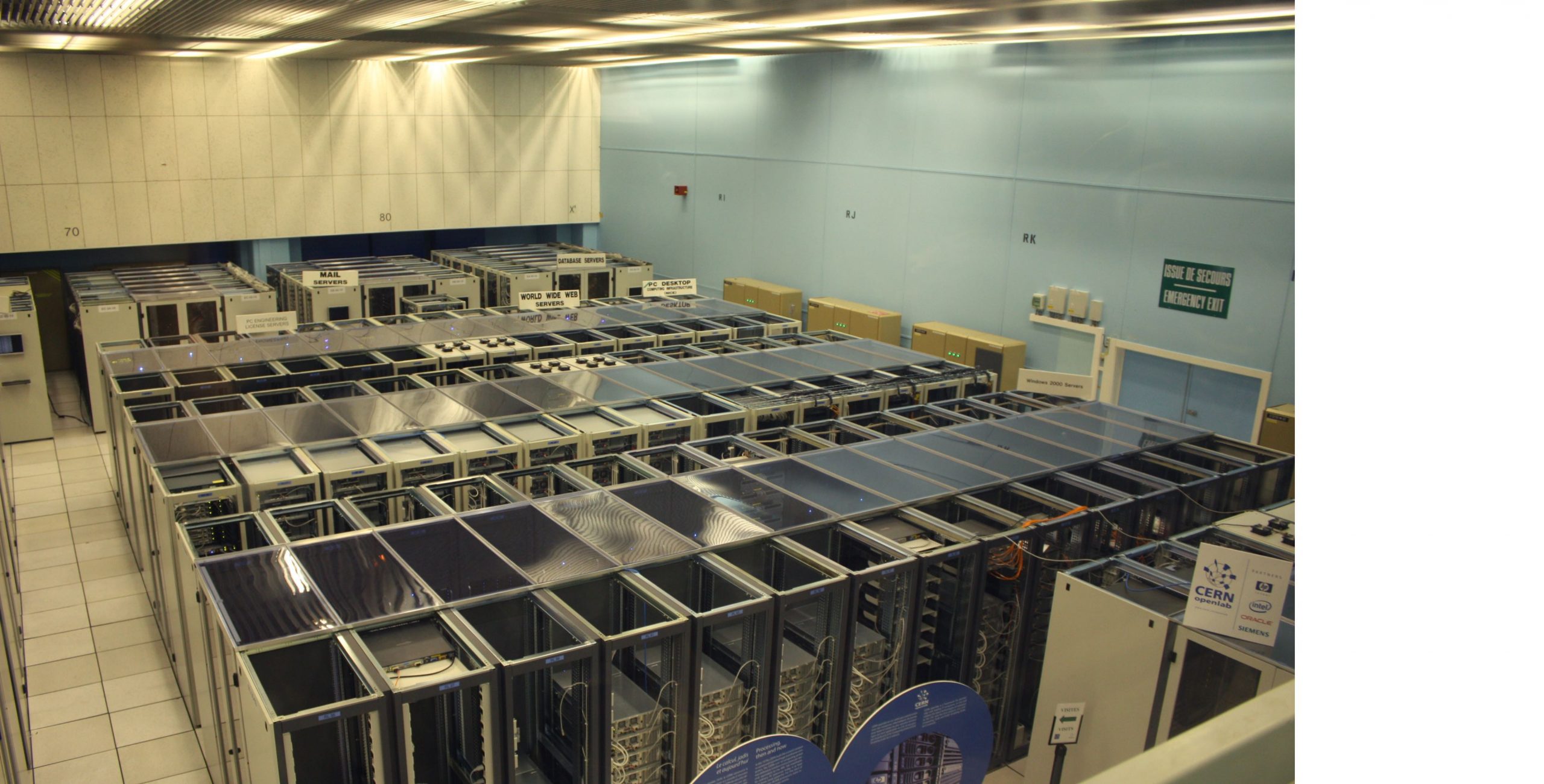
In 1991 the Internet gets its most famous product: the World Wide Web. A business world without a browser is soon no longer imaginable. In order to be able to quickly present research results with colleagues, it was developed as a project at the research institution CERN, near Lake Geneva. Inventor Tim Berners-Lee, a British physicist and computer scientist, was knighted for it and nominated for the Nobel Peace Prize.Bildquelle: Wikipedia / Creative Commons, 2010
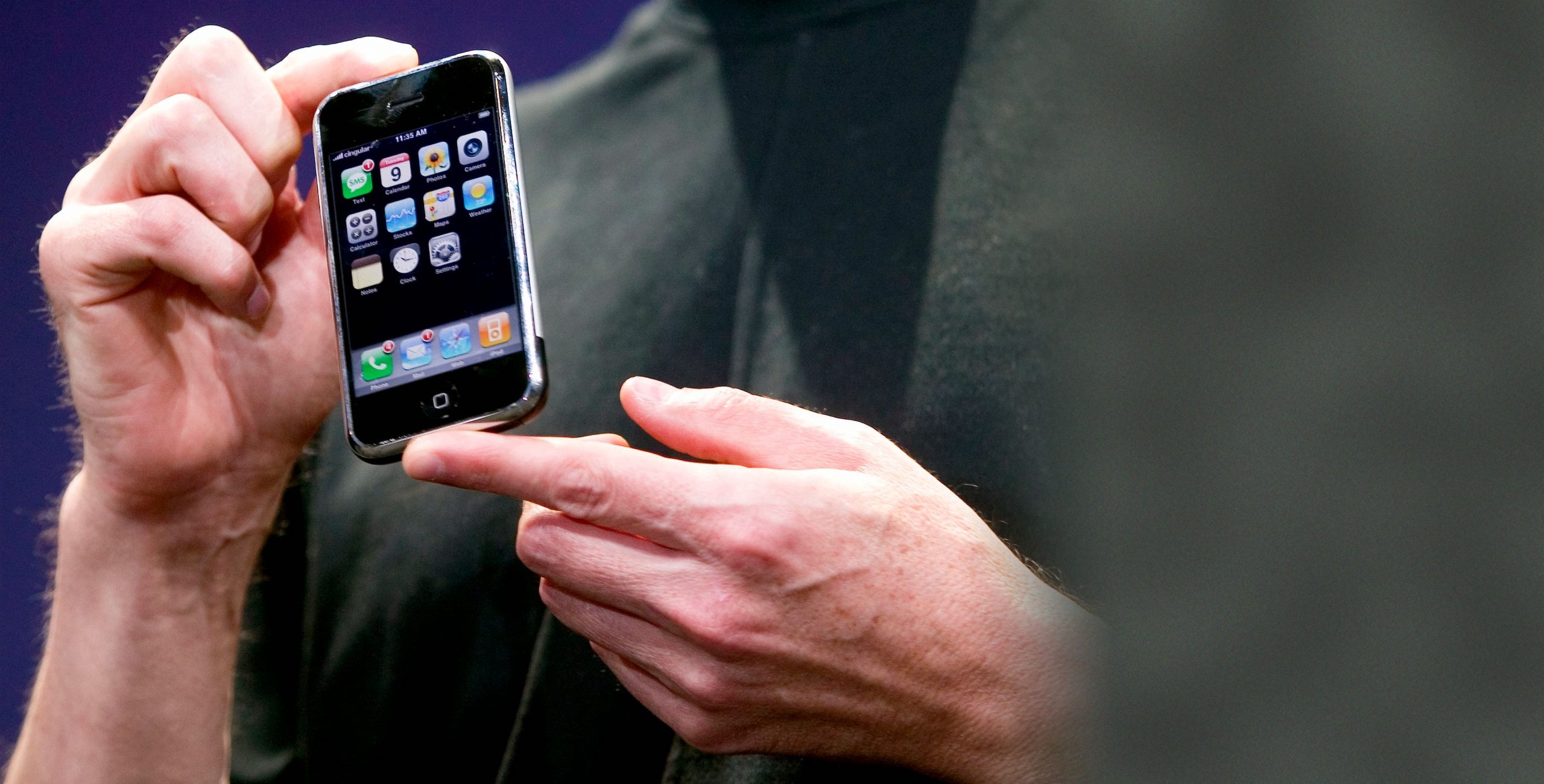
The iPhone is presented as the 1st smartphone. It is launched in America in January and in Europe in November. The operation is very easy: typing and wiping. Apple creates a completely new market and since then produces one design icon after the next. Steve Jobs developed Apple’s most important product – with over a billion devices sold (as of 2016) – but for years he earned only one dollar a year as CEO.Source: Getty Images / Kim Kulish, 2007
proceed to category
Next